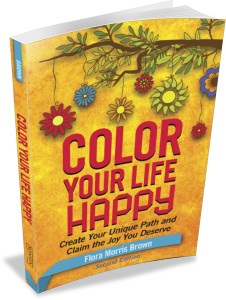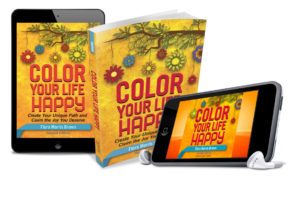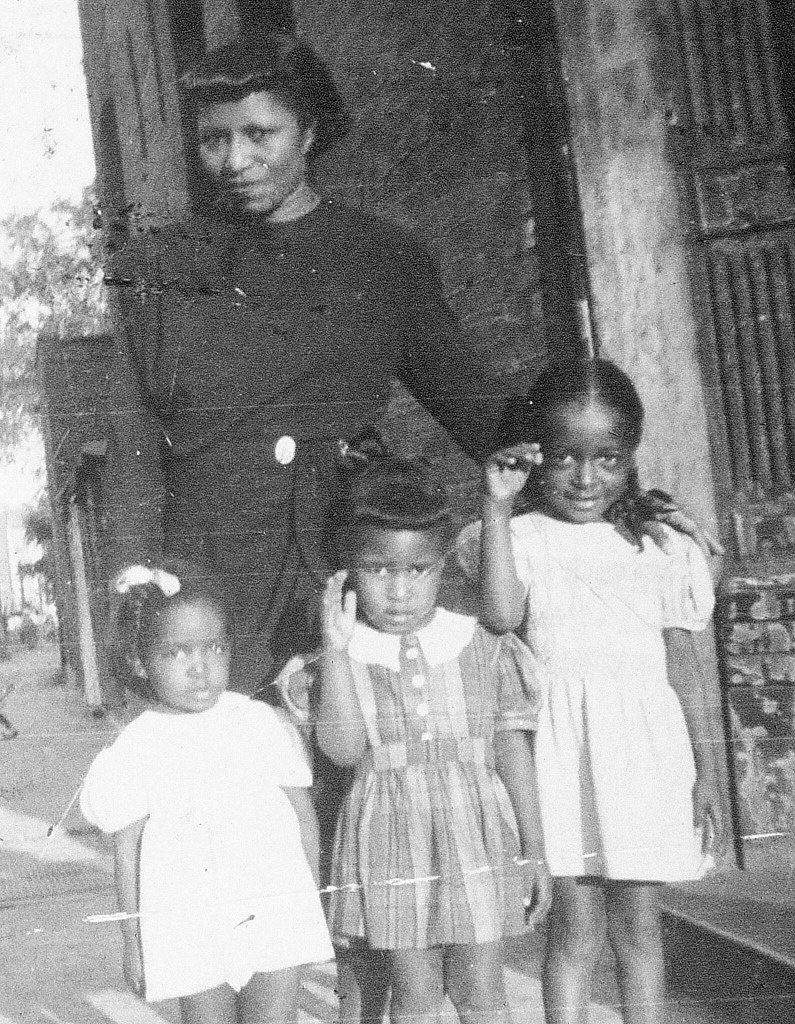
Happiness is not the absence of sadness. Quite the contrary. Happy people acknowledge sadness and allow themselves to feel it. They choose to not be crushed by it, but instead learn from it and move beyond it.
Happiness is not the situational emotional high you feel when you win the lottery or get a new car. These are short term. You probably don’t get the same thrill from your new car a few months later as you did the day you drove it off the lot.
One of the customers at my manicurist shop had an appointment just before mine every month. She was always cheerful and full of lively conversation. When I’d mention my upcoming vacations, she’d always offer tips on places to visit in the locale because she had already been there. She enjoyed movies, visiting casinos, shopping, and spending time with her many friends and family. She was so much fun I always looked forward to seeing her. You can imagine my shock to learn that she had stage IV cancer and was almost always in physical discomfort and pain from chemotherapy and other invasive treatments. The only time I’d ever seen a hint of sadness in her was the day after her brother died. When I visited her in the hospital a few weeks before she died, she was hooked up to multiple tubes and still, when I walked in her room, she threw open her arms and welcomed me with a big smile.
I remember this beautiful soul whenever I begin to feel down or sorry for myself. Like the speed bumps on the road, these times cause me to slow down. I accept where I am at the moment, acknowledge my feelings, and use those times to grow stronger, more creative, and more grateful.
How about you? Share in the comments how you handle the sad bumps along your happiness journey.
[feature_box style=”23″ only_advanced=”There%20are%20no%20title%20options%20for%20the%20choosen%20style” alignment=”center”] 
This is an excerpt from Chapter 1, Opening Your Mind to Happiness in Color Your Life Happy: Create Your Unique Path and Claim the Joy You Deserve, 2nd edition. Pre-order your copy(ies) at https://coloryourlifehappy.com before October 3rd and receive an autographed copy when the book is released on Amazon and other major booksellers. [/feature_box]
 People who value their happiness commit to creating a loving environment. They do this by steering clear of toxic people and things. In this excerpt from Chapter 7 of
People who value their happiness commit to creating a loving environment. They do this by steering clear of toxic people and things. In this excerpt from Chapter 7 of 






Recent Comments